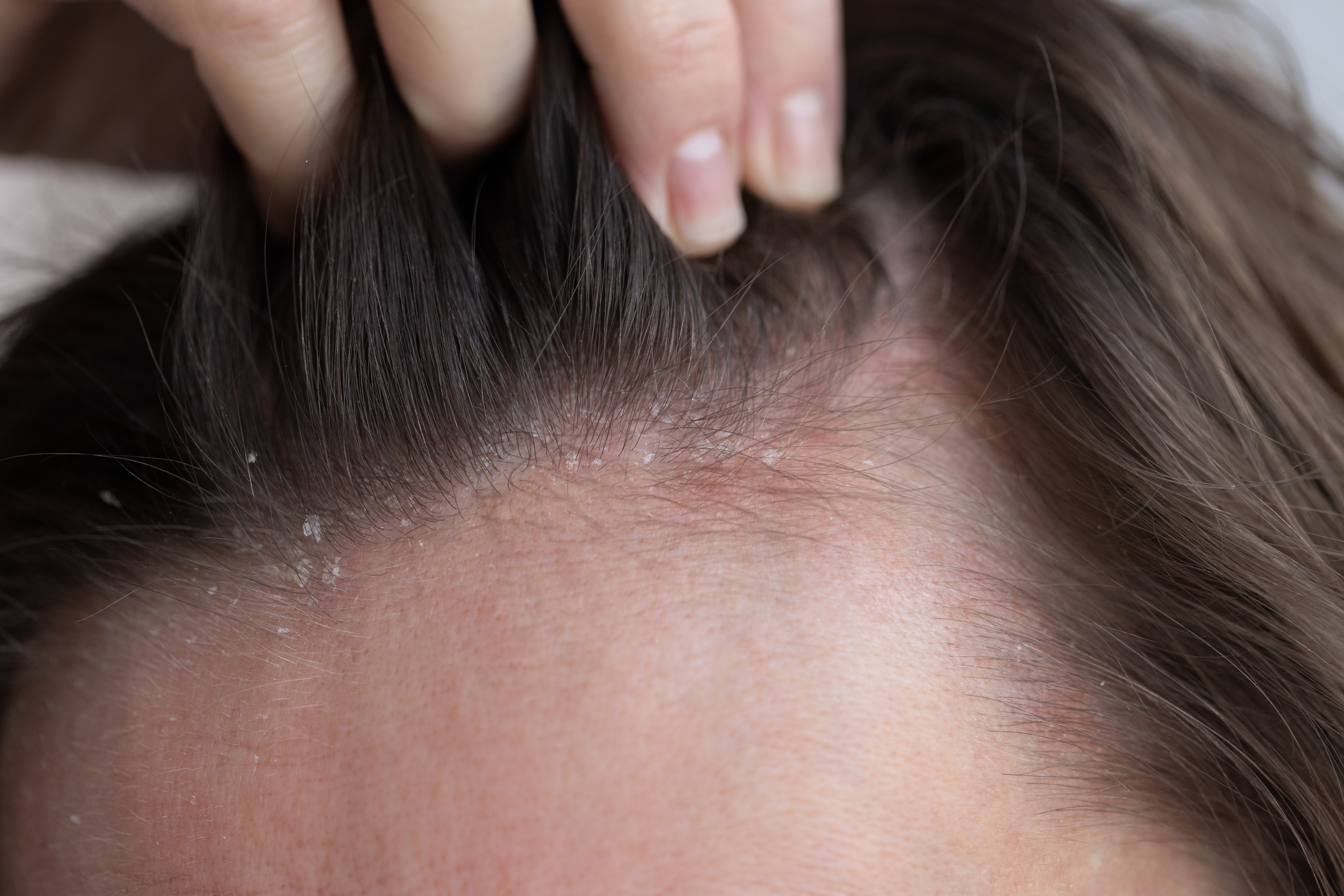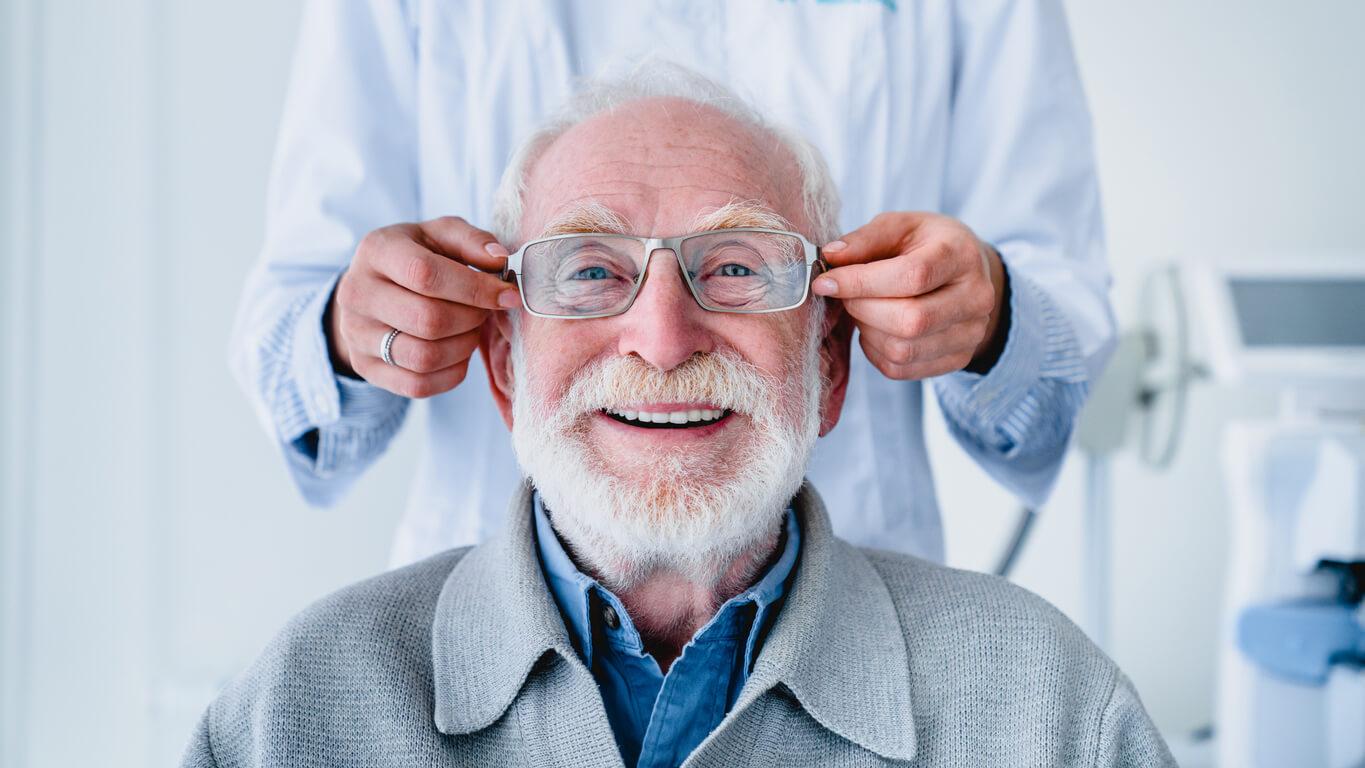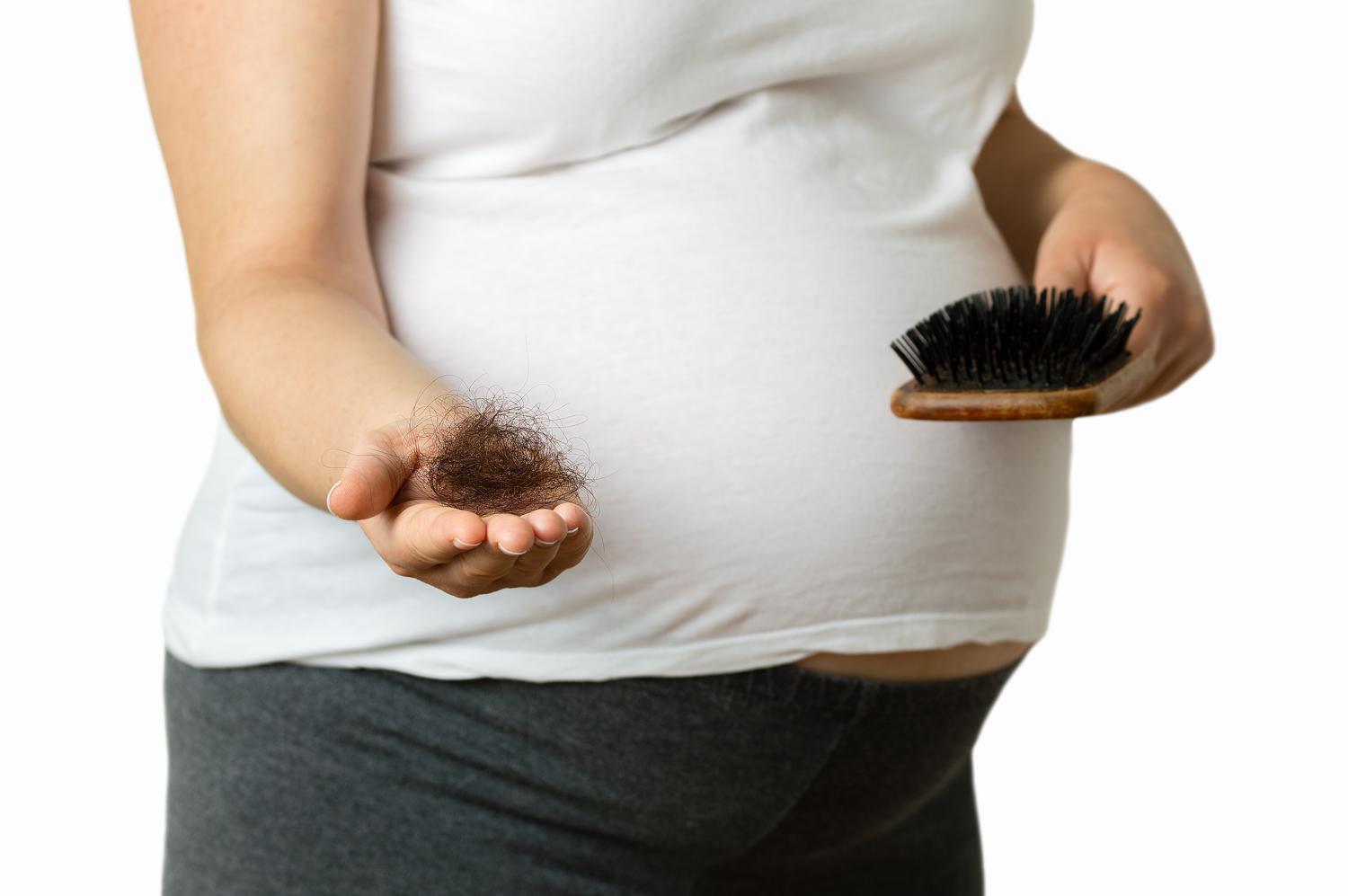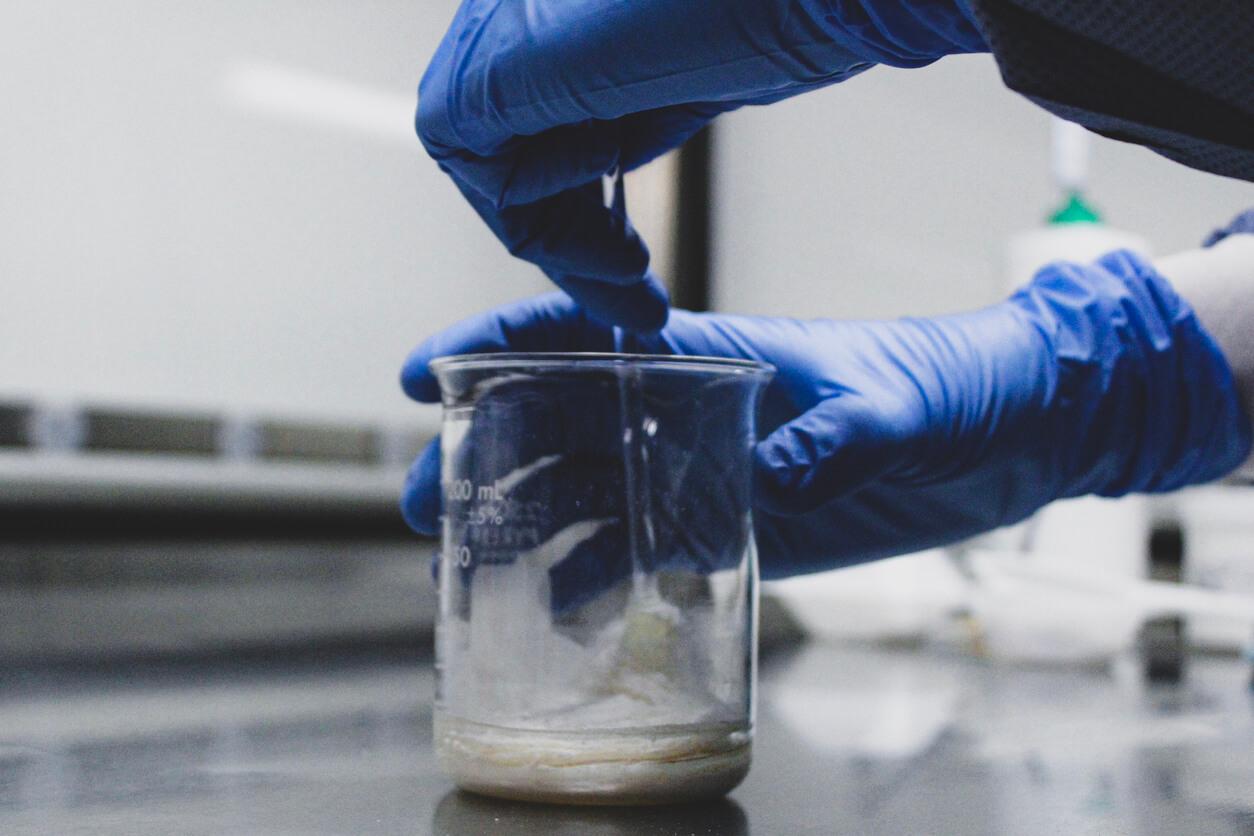Hair Loss Treatments for Men: Best Options for Hair Growth
The best hair loss treatment options for men
Key takeaways
- Treatment options for men's hair loss include medications, hair transplants, laser therapy, and PRP injections.
- Hair loss can result from various causes, including genetics, medical conditions, stress, and nutrient deficiencies.
- Using medication for hair loss can produce results within 16 weeks. Maximum hair growth often occurs after about one year of medication use.
Hair loss (shedding more than 100 strands of hair daily) affects millions of men. By the age of 50, 30-50% of men experience androgenic alopecia, also known as male pattern hair loss or male pattern baldness. Some types of hair loss are permanent. However, there are conditions where hair loss can be slowed or even reversed.
This article will detail some of the best treatment plans for hair loss in men. It will also examine some common causes of hair loss and prevention tips to maintain the hair you have.
Common causes of hair loss
There are many diverse causes behind thinning hair and hair loss. Most people shed about 50-100 strands of hair per day. This is because bodies shed old hair to make way for new hair growth. Hair loss occurs when you lose more hair than you grow back, a condition known as alopecia. Bald patches or a receding hairline are often early visual signs that the rate of hair loss is greater than that of new hair growth.
Some common causes of alopecia include:
Genetics: Hereditary hair loss (androgenetic alopecia) is passed through genetics from your parents and occurs as you age. This condition primarily affects men and is known as male pattern hair loss or male pattern baldness. However, it can also affect women and is known as female pattern hair loss or female pattern baldness.
Medical conditions: Medical conditions such as alopecia areata can cause hair loss. Alopecia areata is an autoimmune disease in which the immune system attacks hair follicles, which hold the hair shaft in place. This results in patchy hair loss or total loss of hair across the body (including eyelashes and eyebrows). Hormonal changes and thyroid problems can also cause hair loss, although these conditions are not as common in men.
Stress: Stress can lead to temporary hair shedding. This may occur after the death of a loved one or a traumatic event, even an illness (hair loss is common post-COVID). Hair loss due to stress is usually not permanent, and hair growth often resumes after some time.
Cancer treatment: Hair shedding is a common side effect of radiation to the head (chemotherapy). Hair loss usually begins within the first few weeks of treatment.
Hairstyles and hair care products: Hairstyles that pull hair, such as ponytails, cornrows, and pigtails, can cause permanent hair loss. Additionally, hair styling products used in dyes and perms can cause hair to fall out, sometimes permanently.
Nutrient deficiencies: Iron, biotin, protein, or zinc all help the natural regrowth of hair follicles. Not getting enough of one or more of these nutrients can contribute to thinning hair and hair loss.
Common symptoms of hair loss
Just as there are many different causes of hair loss, hair loss can begin to appear in various ways.
Early signs of hair loss include:
- Thinning hair at the top of the head
- Bald patches or a bald spot that continues to grow
- A receding hairline
- Large clumps of hair on your comb
- Hair loss in other areas of the body
Hair loss may be genetic, or it may be a sign of an underlying health condition. If you begin to notice thinning hair or hair loss, talk to a healthcare provider (like a dermatologist). Providers can assess you for an underlying condition and prescribe medical treatment to either slow or reverse your hair loss.
The best hair loss treatment options for men
The best hair loss treatment plan will depend on the cause of hair loss. If hair loss can be attributed to an underlying health problem, treating that condition may reverse it. If your hair loss is genetic, a provider may prescribe medication to slow the thinning and encourage hair regrowth. If medication doesn’t work, more advanced therapies may be used.
Medication for hair loss
The U.S. Food and Drug Administration (FDA) has approved two drugs to treat male pattern hair loss: topical minoxidil, commonly sold under the brand name Rogaine, and oral finasteride (Propecia). These drugs are highly effective and more affordable than other treatment options.
Topical minoxidil: Topical minoxidil is available over the counter, meaning you can buy it without a prescription. Widely available under the brand name Rogaine, topical minoxidil is a solution or foam that you usually apply to the scalp twice a day. In clinical trials, men who used topical minoxidil regrew 20.0 hairs per centimeter over 16 weeks. It works by increasing the amount of blood flow to the scalp, which stimulates new hair growth. Side effects of topical minoxidil include scalp irritation and unwanted hair growth.
Oral finasteride: Finasteride is a prescription medication that is available in its generic form (as finasteride) or the brand name Propecia. It is supplied as an oral tablet (pill) that is taken once a day. Finasteride works by blocking certain enzymes in the body that contribute to hair loss. In clinical trials, 80% of men experienced hair growth after taking oral finasteride for a year. While rare, potential side effects of oral finasteride include erectile dysfunction and loss of sex drive.
Topical minoxidil vs. oral finasteride
A randomized comparison between topical minoxidil and oral finasteride showed that oral finasteride is more effective at encouraging hair regrowth than topical minoxidil. 80% of men taking finasteride experienced hair regrowth, while 50% of men using topical minoxidil experienced hair growth.
While this specific study shows that oral finasteride is more effective than topical minoxidil, both treatment options are considered safe and effective.
Even though minoxidil and finasteride are the only two FDA-approved drugs for weight loss, healthcare providers may prescribe other drugs for their off-label use in treating hair loss. These drugs include:
- Spironolactone (CaroSpir and Aldactone)
- Dutasteride (Avodart)
As with all medication, tell your provider about any medications or supplements you are taking before starting treatment for hair loss. In addition, let them know if you have any medical conditions or health concerns you are managing before using medication.
Hair transplants
Some forms of hair loss are permanent and cannot be treated with medication. For permanent hair loss, a provider may recommend hair transplant surgery. This is a permanent treatment for hair loss, but the procedure can be expensive and may not be covered by insurance.
A hair transplant involves a dermatologist or cosmetic dermatologist removing strands of hair from the scalp where the hair is thickest and moving it to a bald patch.
Laser therapy
Low-level laser therapy (LLLT) is FDA-approved as an effective treatment for hair loss. It often takes the form of laser combs or caps that cover the top of the head. A number of at-home laser therapy devices are available.
Although LLLT’s function in promoting hair growth is not fully understood, it is thought to work by increasing blood flow to the scalp and stimulating hair follicles to grow. In clinical trials, 83% of trial participants experienced satisfactory hair growth after using an LLLT device for 14 weeks.
FDA-approved laser devices are:
- Capillus
- HairMax
- iGrow
- iRestore
PRP Injections
Platelet-rich plasma (PRP) injections are a relatively new form of therapy for hair loss. An analysis of six studies showed a significant increase in hair growth following PRP injections compared to the control group. However, more studies are needed to determine how best to use these injections as a treatment for various forms of alopecia. PRP injections are not FDA-approved for hair loss.
Seeing a doctor about hair loss
If you are experiencing persistent hair loss or hair loss that is accompanied by other symptoms, such as itching or irritation on the scalp, talk to a healthcare provider.
Before offering a definitive diagnosis, healthcare providers will ask you about your health history as well as your family history as it concerns hair loss. They will also ask about the medications you are currently using and your hair care routine. They will perform a visual examination of the scalp and may order follow-up tests to determine the cause of your hair loss.
Diagnostic tests for hair loss include:
Blood tests: Blood tests measure thyroid function or check certain nutrient levels in the blood. They are useful in determining whether a thyroid condition or nutrient deficiency is causing hair loss.
Scalp biopsy: A scalp biopsy involves collecting a small sample of skin from the scalp to check for the presence of a skin infection.
Your treatment plan will depend on the cause of your hair loss. Talk to your provider if you have any questions or concerns regarding your diagnosis.
How Sesame can help
Finding clumps of hair on your comb? Not sure if your hair loss treatment is working? Book an online hair loss consult on Sesame to talk to a provider about your questions and concerns. These convenient and affordable appointments connect you directly with a hair loss expert to discuss your symptoms and the best treatment option for you. Schedule a visit today.









